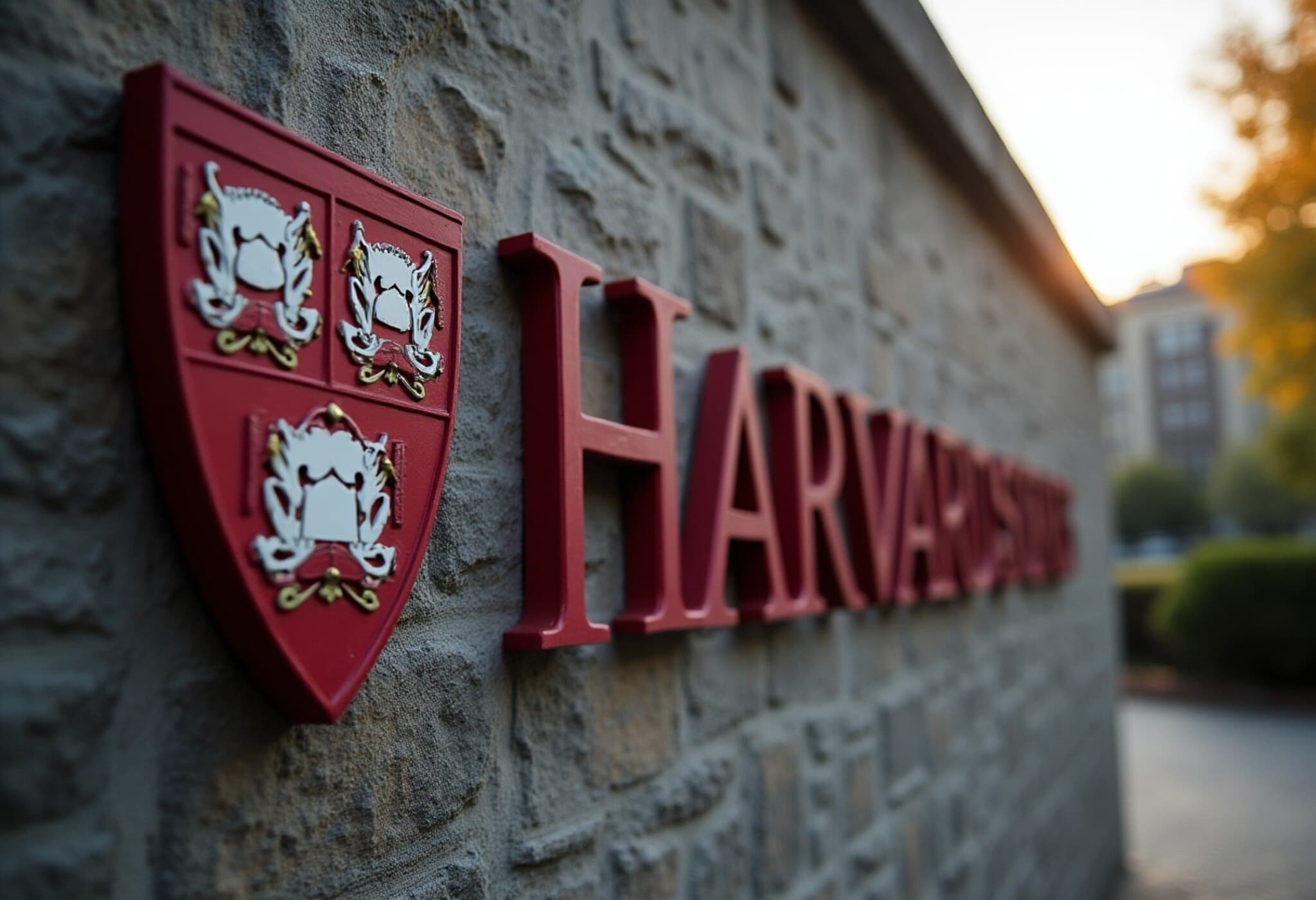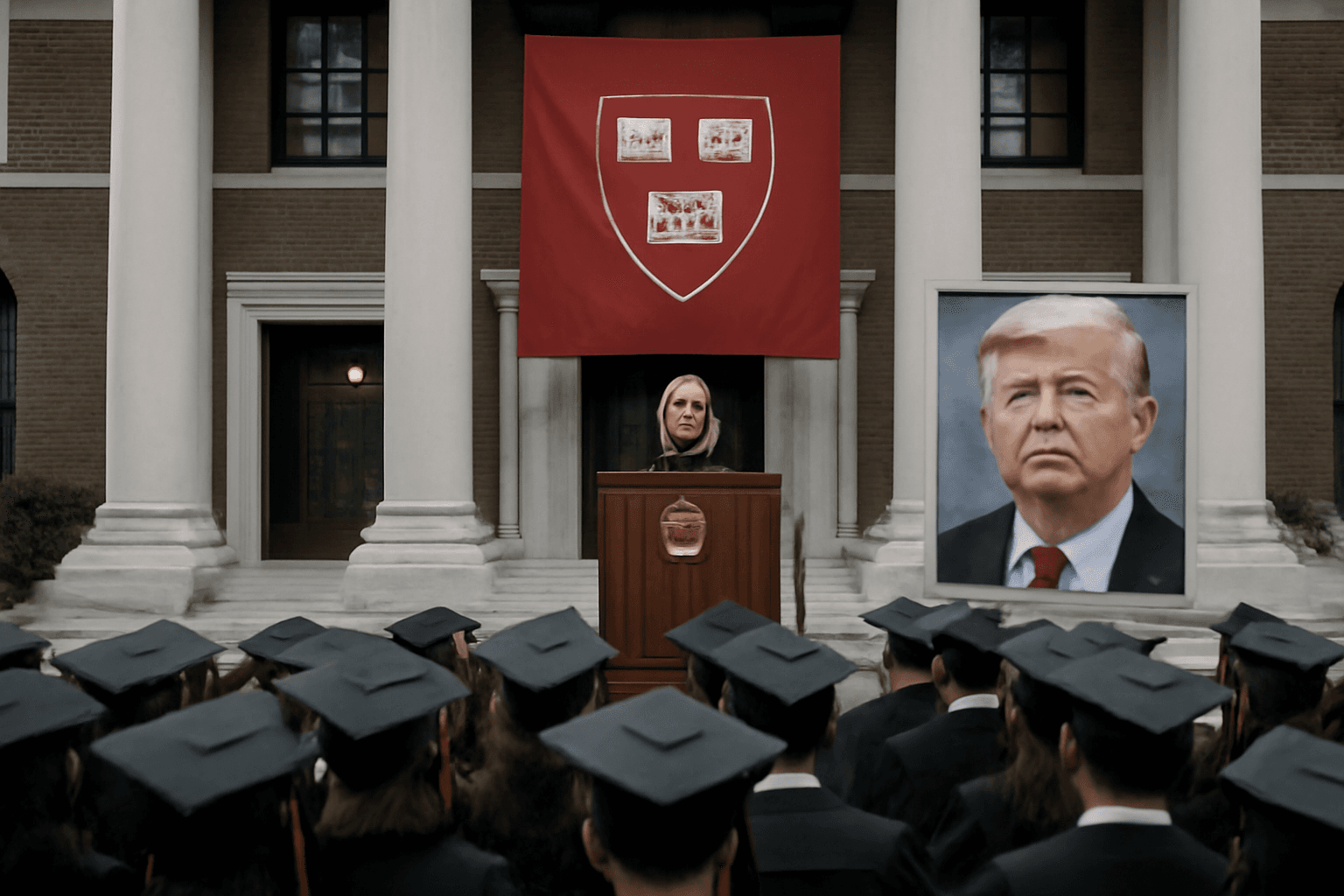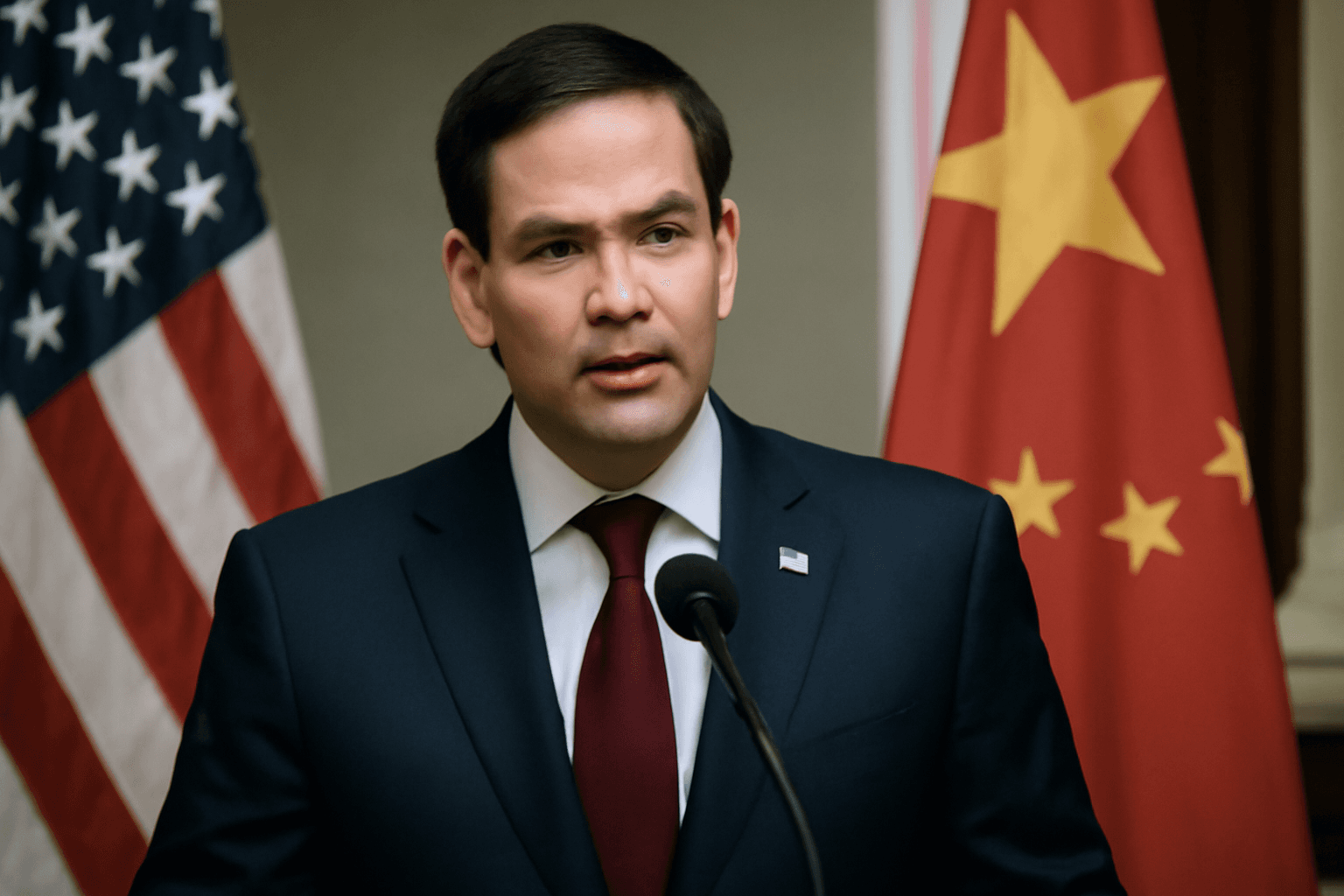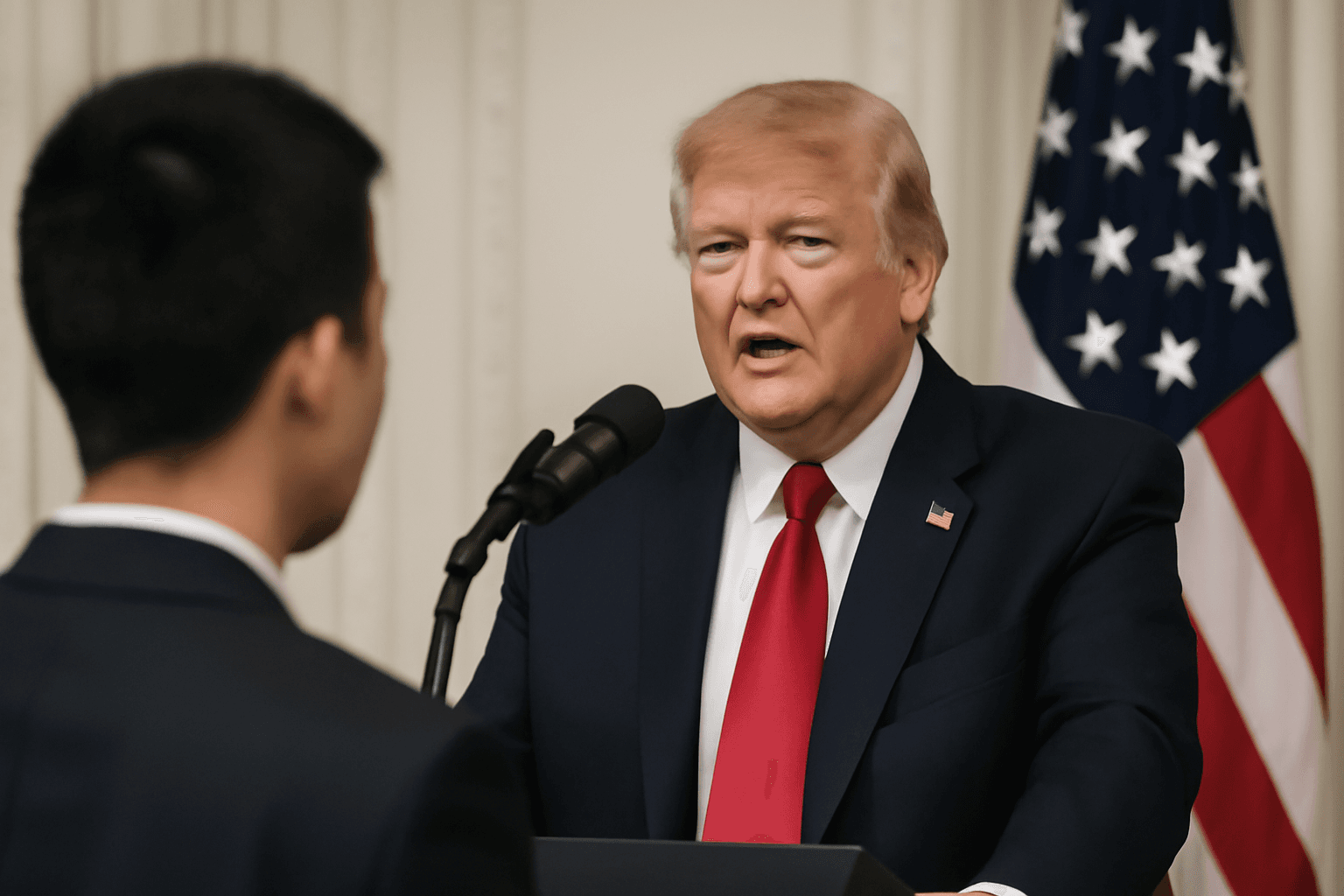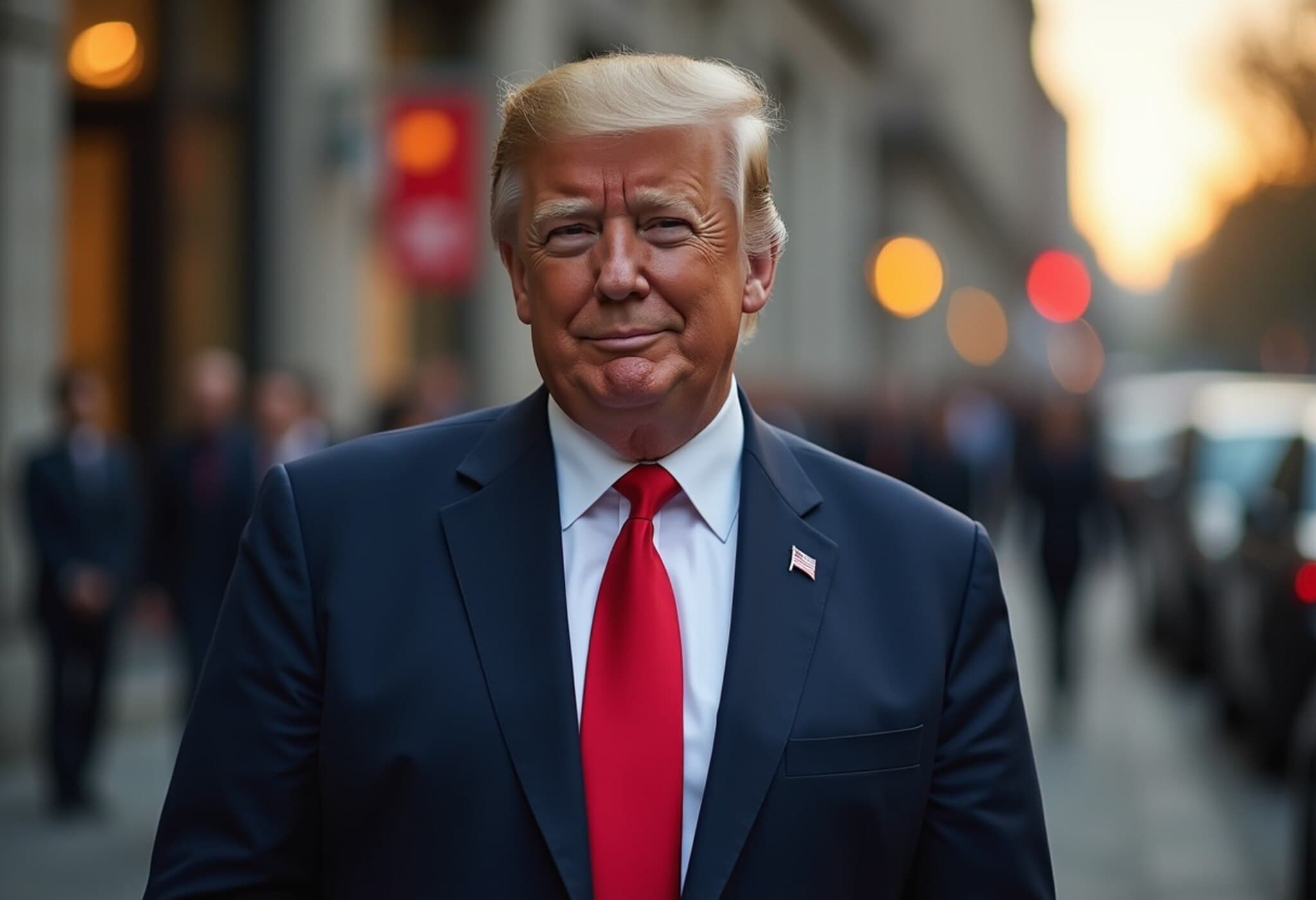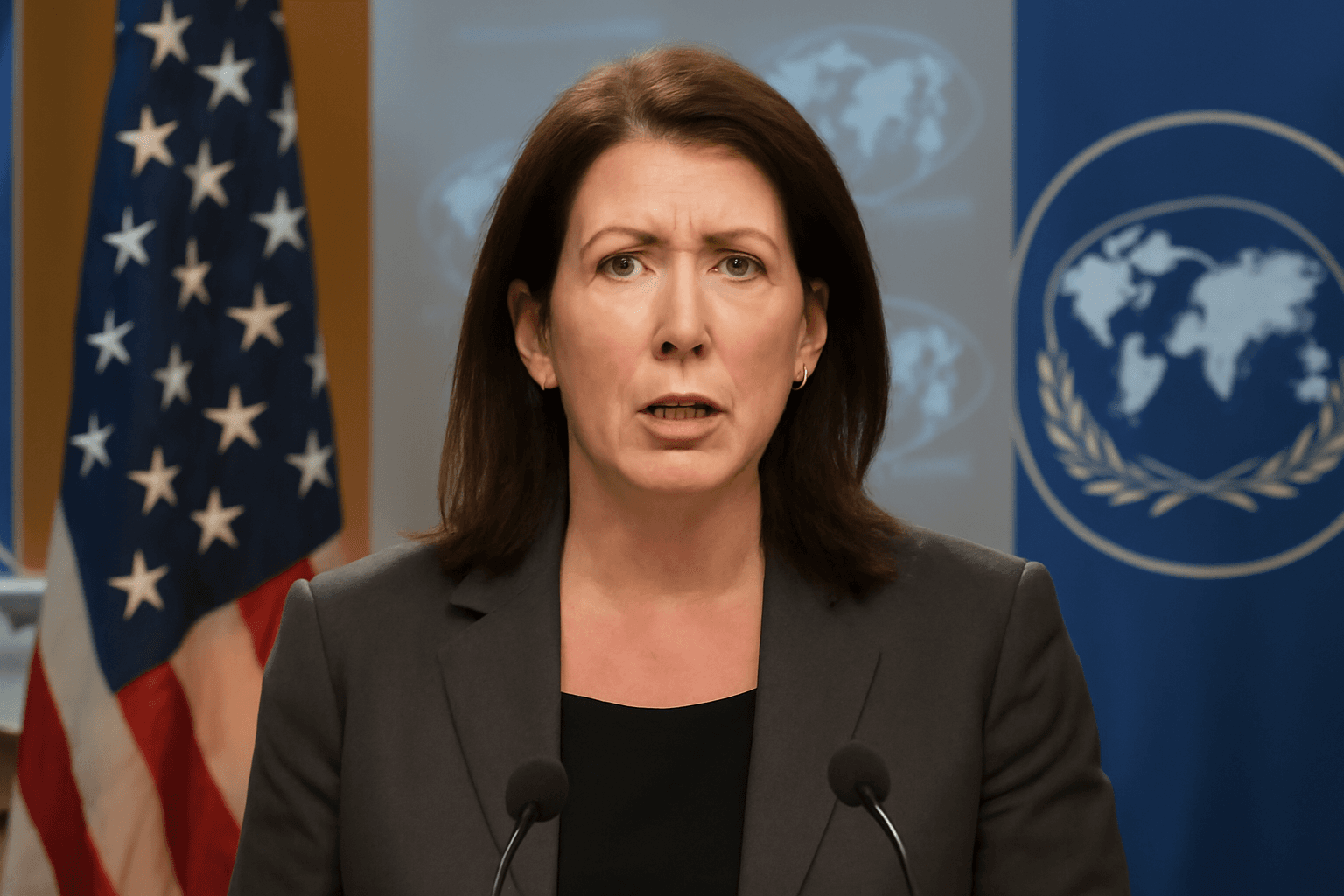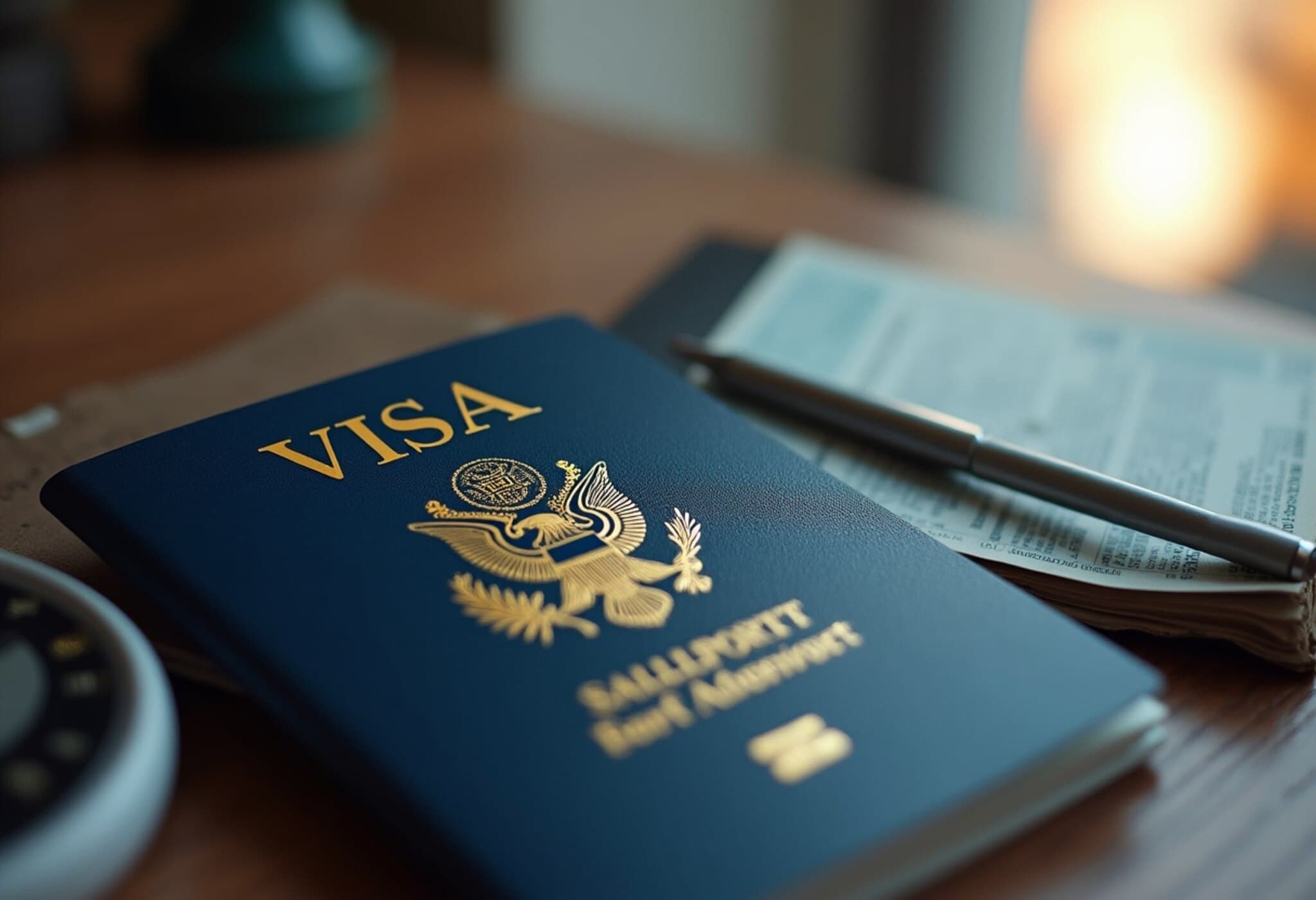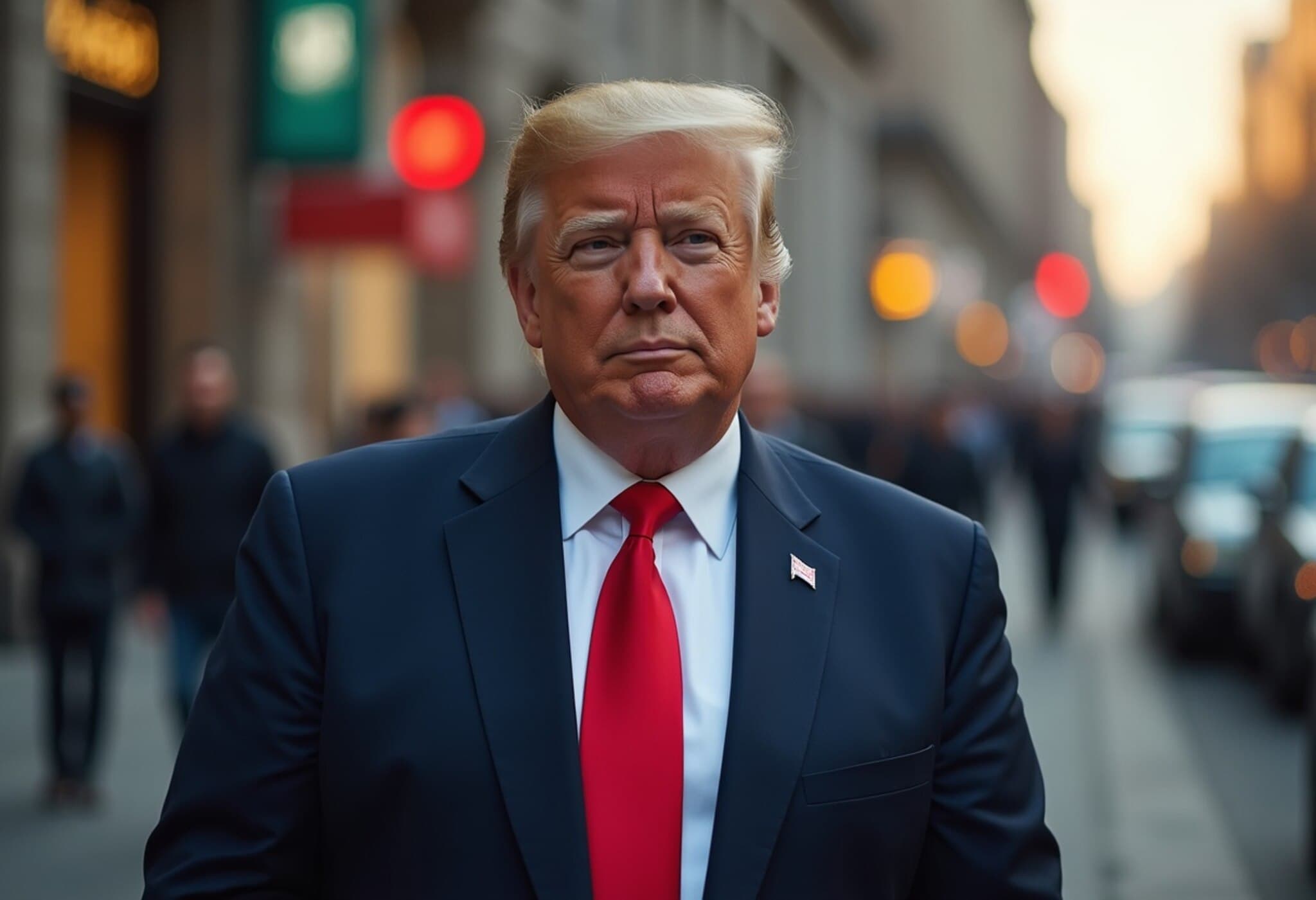Chinese Students Abandoning US Dream Amid Lengthy Visa Backlogs
In recent years, the United States has long held allure as the premier destination for higher education. Yet, protracted waits and increased visa scrutiny are prompting an alarming number of Chinese students to reconsider their pursuit of the "American Dream." As visa interview backlogs stretch for months, many prospective students find themselves stuck in limbo, forcing a hard choice: wait indefinitely or explore alternative pathways abroad.
US Visa Complications: A Perfect Storm of Policy and Politics
The roots of this disruption stem from policy shifts during and after the Trump administration, which imposed stricter regulations and rigorous background checks, including social media screenings of applicants. Additionally, heightened enforcement actions—like attempts to deport international students involved in political activism—have sown uncertainty and fear within the foreign student community.
These measures have not only slowed visa processing times but have sapped confidence in the US education system’s openness. According to a recent NAFSA analysis, new international enrollments could plummet by 30% to 40% this fall alone, translating to a staggering $7 billion loss for the US economy. With international students often paying full tuition, universities also face significant budget shortfalls that could affect educational offerings and domestic students alike.
The Ripple Effect: International Students Seek Stability Elsewhere
As the US falters, other education hubs are seizing the moment.
United Kingdom: The Unexpected Beneficiary
Despite tightening post-study visa rules under the current Labour government, the UK remains an appealing option among the so-called "big four" Anglophone destinations. Official statistics reveal a 2.2% rise in undergraduate international applications this year, with Chinese applicants surging by 10%. Meanwhile, applications from US students are at a two-decade high, growing 14%, signaling reversed flows fueled possibly by reciprocal concerns or changing interests.
Business and management graduate programs, in particular, are witnessing a 10% increase in international admits, underscoring global demand for pragmatic career-oriented education. Mike Henniger, CEO of Illume Student Advisory Services, notes emphatically, “The American brand has taken a massive hit, and the UK is the one that is benefiting.”
Asia: The Rise of Regional Hubs
Closer to home, universities in Hong Kong, Singapore, and Malaysia are experiencing a surge in applications, particularly from Chinese students. Many Western universities operate offshore campuses there, offering quality education at a fraction of the cost and with fewer visa hurdles.
Will Kwong of AAS Education points out that since COVID-19 restrictions eased, Asia has been steadily climbing in attractiveness. Now, with US visa uncertainty exacerbating concerns, many families no longer see America as the unequivocal dream destination.
Hong Kong has actively positioned itself as a welcoming alternative; its leader, John Lee, assures students denied US entry that they remain welcome. Hong Kong University reports over 500 inquiries from US-based students contemplating transfers, with the Hong Kong University of Science and Technology posting a 40% increase in international applications this year.
New Educational Frontiers: Satellite Campuses Gain Traction
Another noteworthy trend is the growth of international branch campuses in countries like the United Arab Emirates and Kazakhstan. Dubai, aspiring to become a global educational nexus, has seen international student numbers jump by one-third. Institutions such as the American Academy for Girls highlight a shift in local aspirations as more Emirati students opt for domestic high-quality options over uncertain US prospects.
Similarly, Kazakhstan hosts programs run by prominent US universities, attracting students primarily from China and Russia. As Daniel Palm, an expert in transnational education partnerships, observes, "US colleges are puzzled about maintaining diversity because eager international students simply can’t get visas anymore." This phenomenon underscores a systemic challenge and a potential reshaping of global education patterns.
Implications for US Higher Education and the Economy
The decline in international students affects more than campus diversity; it weakens vital revenue streams supporting research, infrastructure, and scholarships. Furthermore, it diminishes the US’s soft power advantages by reducing intercultural exchanges and long-term global networks.
Policy experts argue that the US needs to rethink its approach to international education—balancing security with accessibility—to remain competitive in a globalized academic marketplace. The current trajectory risks ceding ground to emerging education hubs that combine affordability, quality, and welcoming policies.
Conclusion: A Crossroads for Global Education
The ongoing US visa challenges have set off a cascade of consequences from shifting student flows to redefined educational landscapes. While traditional powerhouses like the UK and rising Asian centers capitalize on these trends, the US confronts an urgent need to balance its immigration and security policies with the economic and cultural benefits international students bring.
Editor’s Note
Key Insight: The US’s tightening visa regime is inadvertently pushing global talent to rethink their educational destinations, underscoring how immigration policies directly influence international competitiveness in higher education.
Thought-Provoking Question: How can the US recalibrate its visa policies to protect national security without sacrificing its position as the world’s top destination for global talent and innovation?
Regional Stakes: For policy makers and university leaders alike, these trends warrant urgent strategic planning to prevent long-term erosion of US academic and economic leadership.



